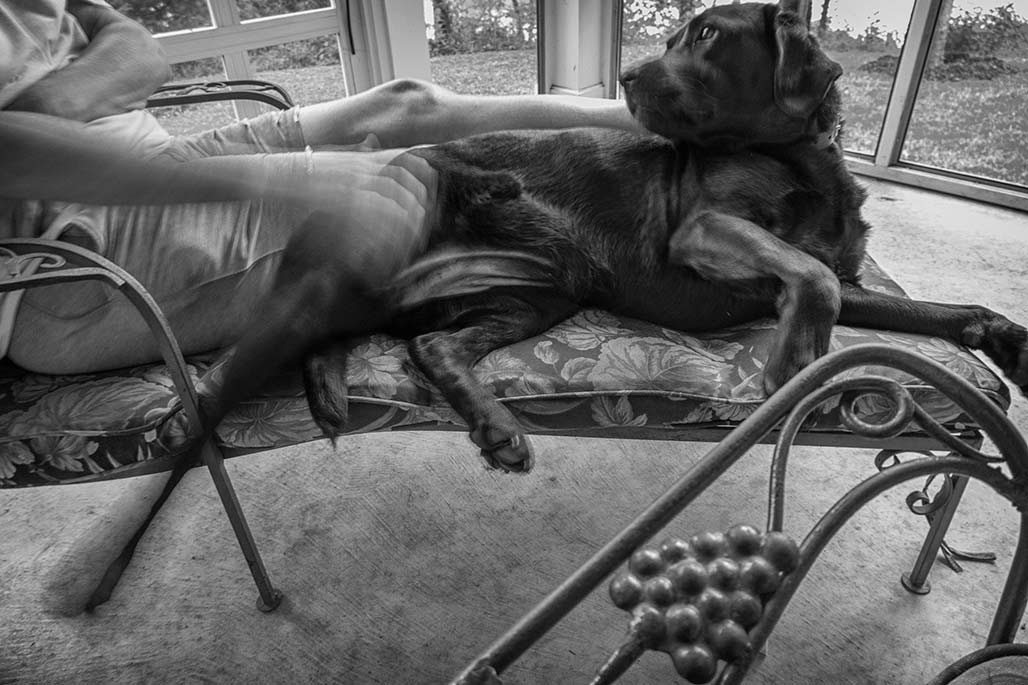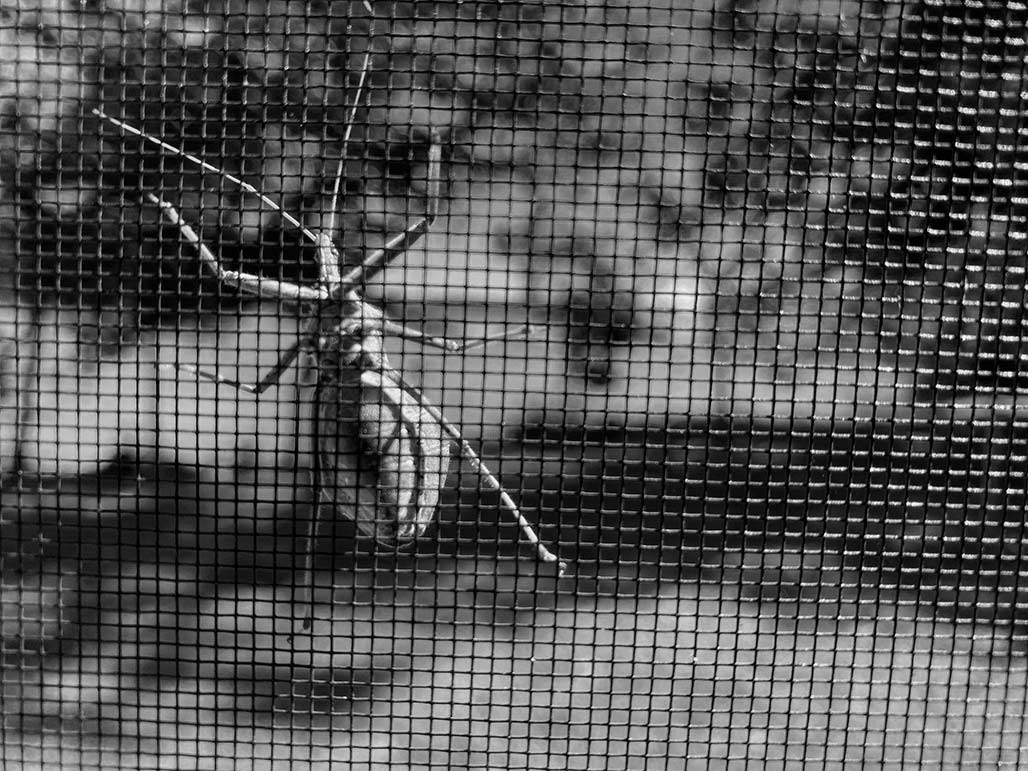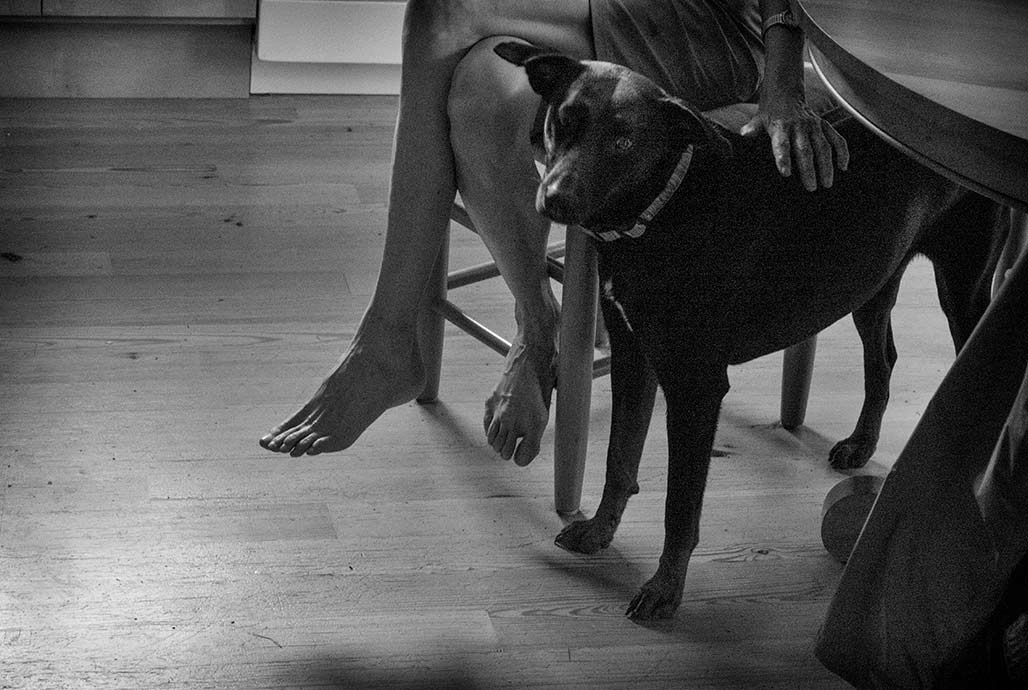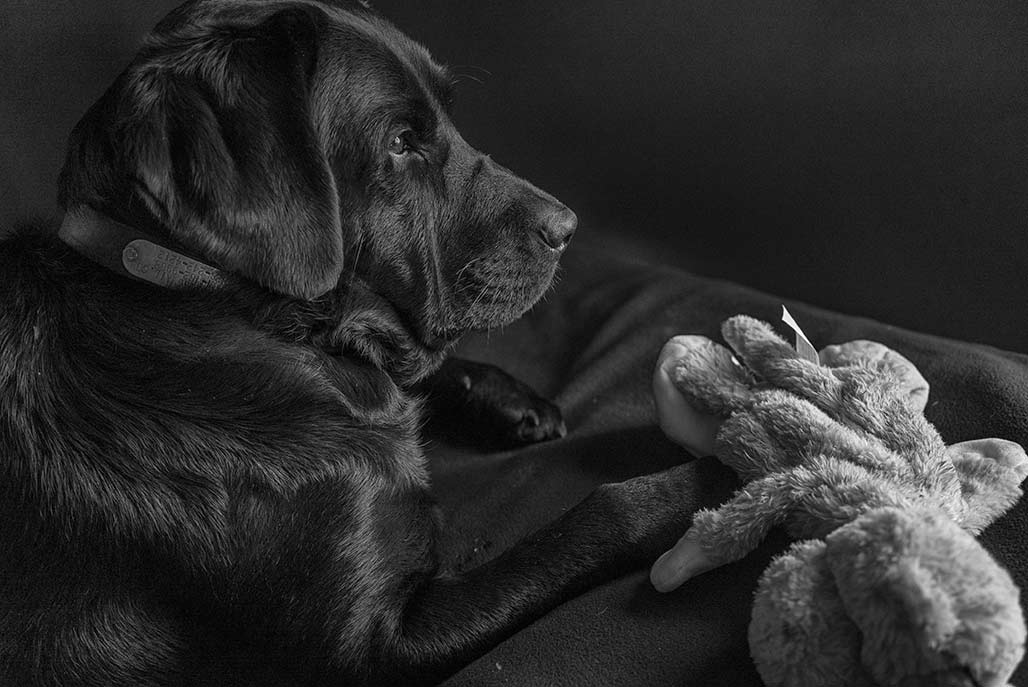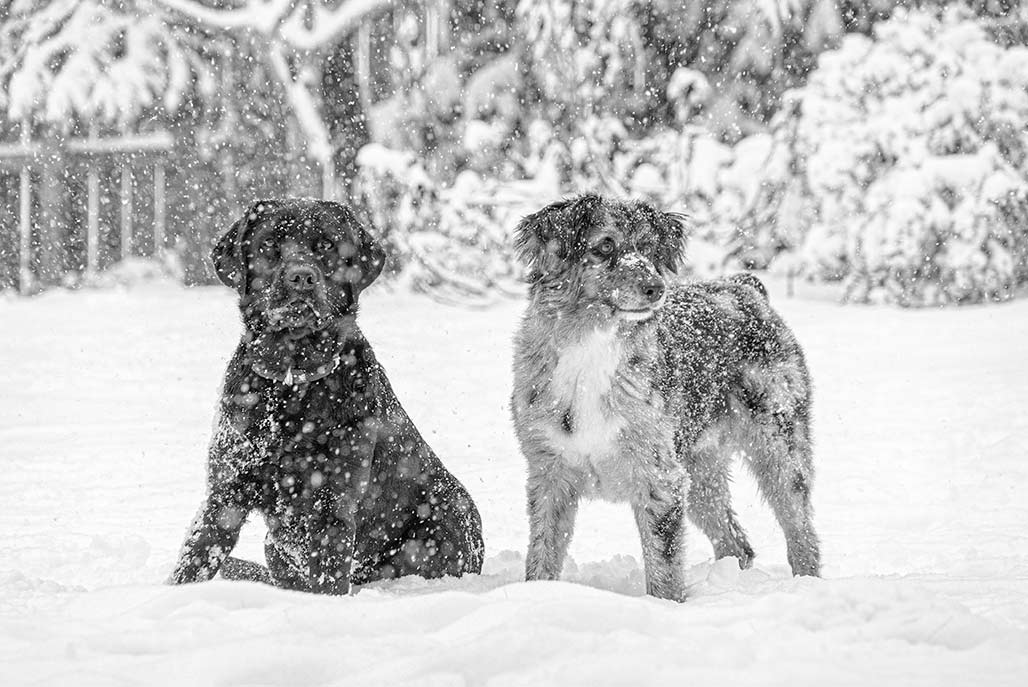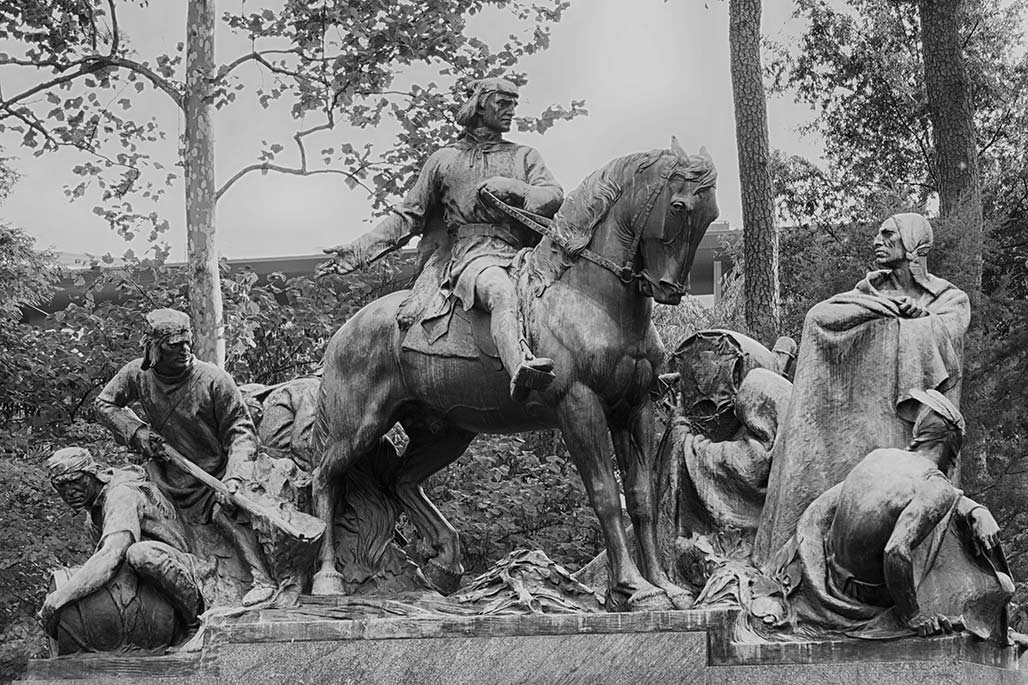
The monumental figurative sculpture of George Rogers Clark is the fourth of four works commissioned from members of the National Sculpture Society by philanthropist Paul Goodloe McIntire during the years 1919 to 1924, and the only one given to the University of Virginia. McIntire commissioned Robert Ingersoll Aitken to create a heroic-sized bronze sculptural group that portrays George Rogers Clark mounted and at the head of three members of his expedition who, with guns ready but pointed down, cautiously look out from behind their leader’s horse at an Indian chief and two others of his tribe who stand, sit, and kneel ahead of the party. The group, atop a trapezoidal pedestal of pink granite also of Aitken’s design, was erected near the eastern edge of the University of Virginia campus on 3 November 1921 in the center of Monument Square, a triangular park of approximately 4,900 square feet bounded by the intersections of University and Jefferson Park Avenues with the railroad tracks. Within the little park, mature hemlocks, sycamores, and pines create a forest-like surrounding that today obscures the sculpture from all points of view except that along University Avenue.
The George Rogers Clark sculpture is approximately 24 feet in height, 20 feet in length, and eight feet in width. The bronze figures were cast by the Gorham Company of New York, and the pedestal was made from polished pink granite quarried at the Stony Creek quarry in Connecticut. A green patina, the result of over 75 years of exposure, has discolored the bronze figures with streaks and patches that are particularly noticeable on the heads and upper bodies of the men and the horse.
Aitken has emphasized the tall and imposing figure of George Rogers Clark by placing him mounted on a stallion in the center of the sculpture. Clark is at the head of a party of three men, facing west with his torso turned to the proper right as he gestures back to the east with his proper right arm to indicate the origins of his group to the three Indians directly in front of him. He holds the nail-studded reins of his horse in his proper left hand, pulling them up toward his chest to restrain the animal while leveraging himself by extending his legs forward. Clark’s dress — a cap, a loose-fitting shirt laced at the sides, and tight breeches — is typical of a frontiersman, but a bear skin cape tied under his chin and worn across his shoulders gives him a regal appearance appropriate to his role as a conqueror and peacemaker.
Clark has just brought the stallion he rides to an abrupt halt. The animal’s haunches are tucked in, his hind legs are bent at the hocks, and both front feet are placed forward of his body squarely on the ground. With his neck arched and overbent, the horse holds his head high and his mouth open from the pressure of Clark’s tug on the bit. His ears are laid back to display suspicion and hostility toward the Indians in his path, and his eyes are rolled back toward the figure of Clark in the saddle. Aitken has placed a large oak branch beneath the horse’s stomach to indicate the strength and courage with which Clark and his party face the Indians.
The three members of Clark’s party behind their leader are cautious and alert as he parleys with the Indians. A man at the rear of the group and at the southeast comer of the sculpture crouches down over a powder keg draped with a rope. He wears loose breeches buttoned on the sides, a short-sleeved shirt, and a bandanna to contain his hair, and he carries a pack suspended by a strap across his proper right shoulder. The tenseness of the encounter with the Indians is revealed in his muscular body as he hides and protects the gunpowder.
A companion steps over the powder keg holding a flintlock rifle pointed downward; the butt of the gun is in his proper right hand and the barrel is in his proper left. He is poised to raise the rifle and fire should Clark give him a signal. A cluster of oak leaves lies along the proper left side of the gun barrel to symbolize his bravery. The rifleman is dressed in a similar manner to the protector of the powder keg except that his shirt has a cowl neck and is laced together at the sides, and his breeches are fringed. He too wears a bandanna and carries a pack across his proper right shoulder.
At the northeast comer of the sculpture, a third man steps over a stump and stands on a rock in front of the rifleman to peer at the Indians from around the rear of Clark’s horse. He clutches a flintlock pistol in his proper right hand, pointing it downward and resting it against his proper right knee. He reaches back with his proper left arm to caution the rifleman. His appearance resembles that of his comrades; his loose fitting shirt is open at the neck and cinched at the waist by a belt, he wears knee breeches and lace-up boots, and his hair is covered with a bandanna. He carries a large pack on his back and a canteen on his proper right hip.
Aitken has depicted Clark and his men as they encounter three Indians who are in front of them. At the southwest comer of the sculpture, a woman is hidden by a blanket that reveals only her face. She kneels in front of Clark holding a covered cradle board aloft as if to plead for a papoose within. Beside her stands the chief, his tall figure enveloped by a blanket except for his head. His countenance is stem, and he confronts Clark and his men with his proper right elbow extended protectively in front of him beneath the blanket. His long hair is worn in braids that fall across his shoulders. Back of the chief and at the northwest comer of the sculpture, a third Indian is seated. He wears a blanket also, but it is open to reveal his bare back and a loin cloth tied around his waist. His proper left knee is hidden by the blanket and bent in front of him to conceal a knife held in readiness in his proper right hand at the base of the sculpture. Like the chief, his hair is braided, but he wears a single feather across the top of his head. Oak branches that lie around the Indians show their courage.
The monument’s trapezoidal base is made of rectangular-shaped blocks of polished pink granite set on top of each other. The stone is coarse grained with striations and imperfections that give it a rustic appearance in character with the frontier scene above. The base is unornamented, carrying only the inscription:
GEORGE ROGERS CLARK
CONQUEROR OF THE NORTHWEST
on the north facade facing University Avenue.
Statement of Significance:
The George Rogers Clark Sculpture by Robert Ingersoll Aitken (1878 -1949) is nominated to the National Register as part of a multiple property submission under the historic context “Monumental Figurative Outdoor Sculpture by Members of the National Sculpture Society donated by Paul Goodloe McIntire to the city of Charlottesville, Virginia, and the University of Virginia during the late City Beautiful movement from 1919-1924.” The sculpture meets the registration requirements for this property type, and it retains its historic integrity of location, design, setting, materials, workmanship, feeling, and association. It is eligible for the National Register at the state level of significance under criterion C as an important art object that exhibits the figurative style of outdoor sculpture produced by members of the National Sculpture Society, a group of masters whose origins are associated with the City Beautiful movement.— Narrative Description 104-0252 George Rogers Clark Sculpture-Betsy Gohdes-Baten

